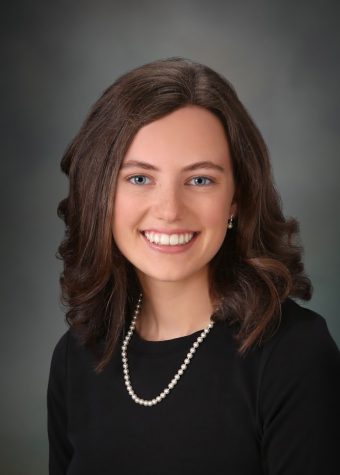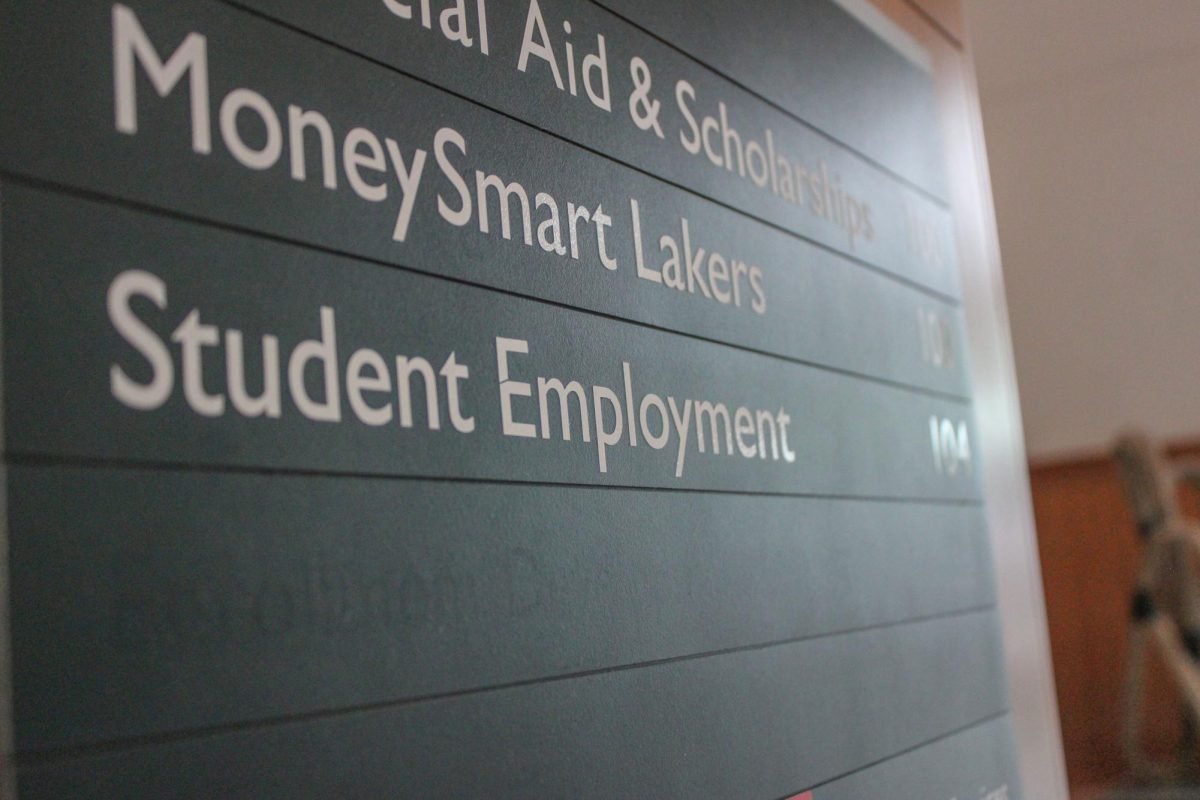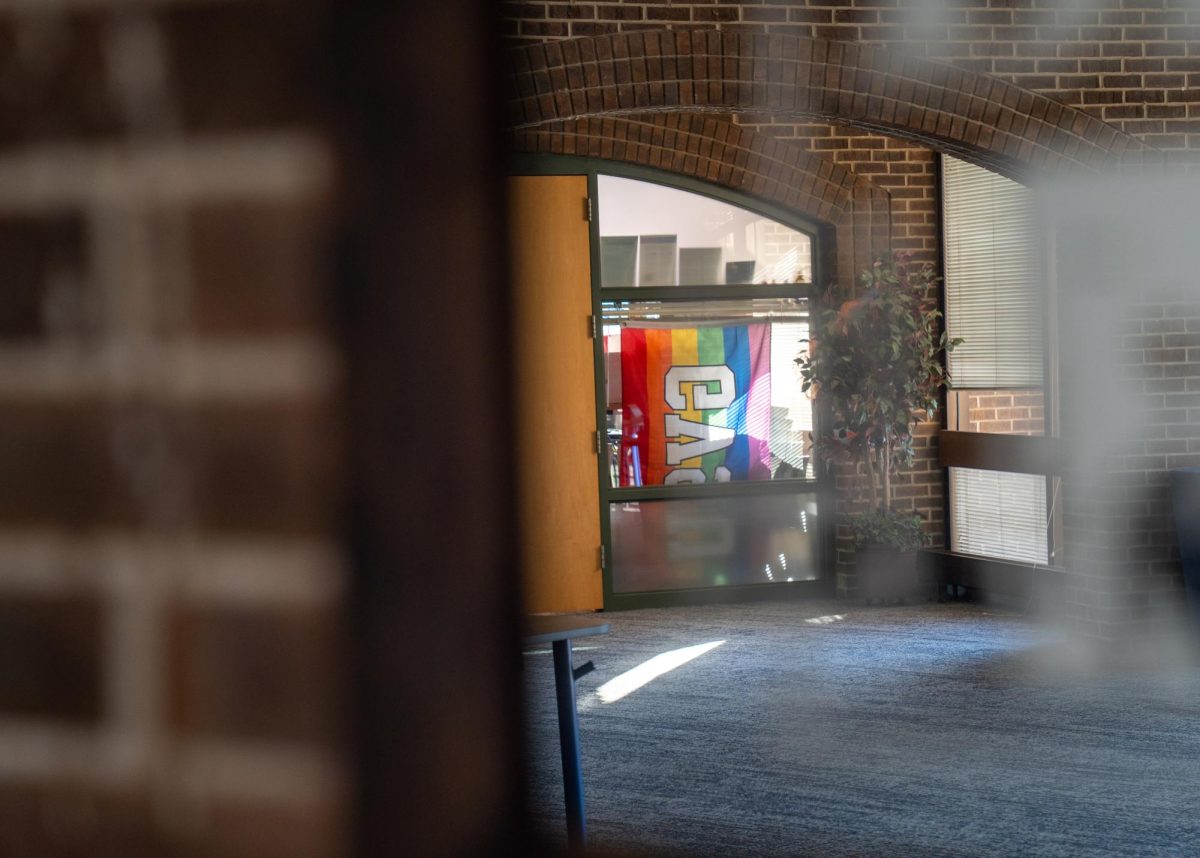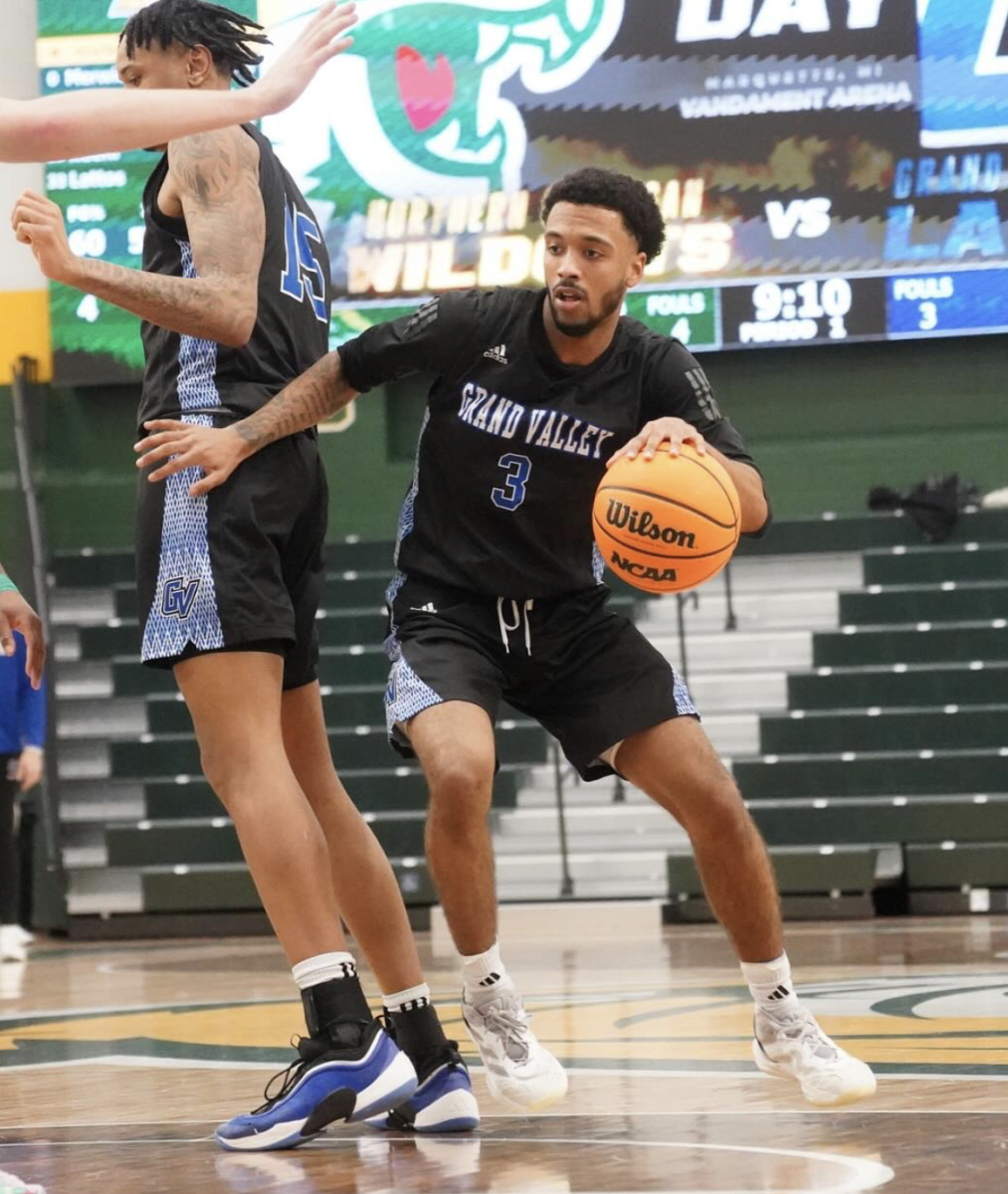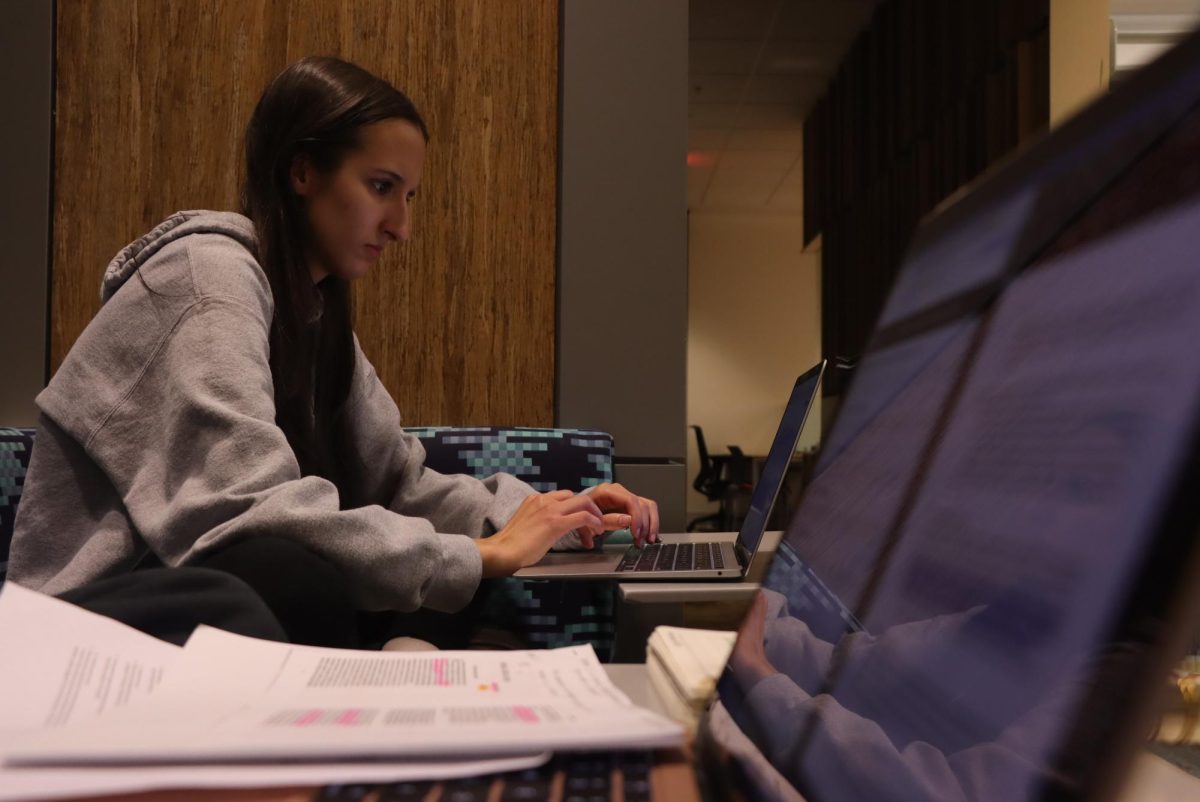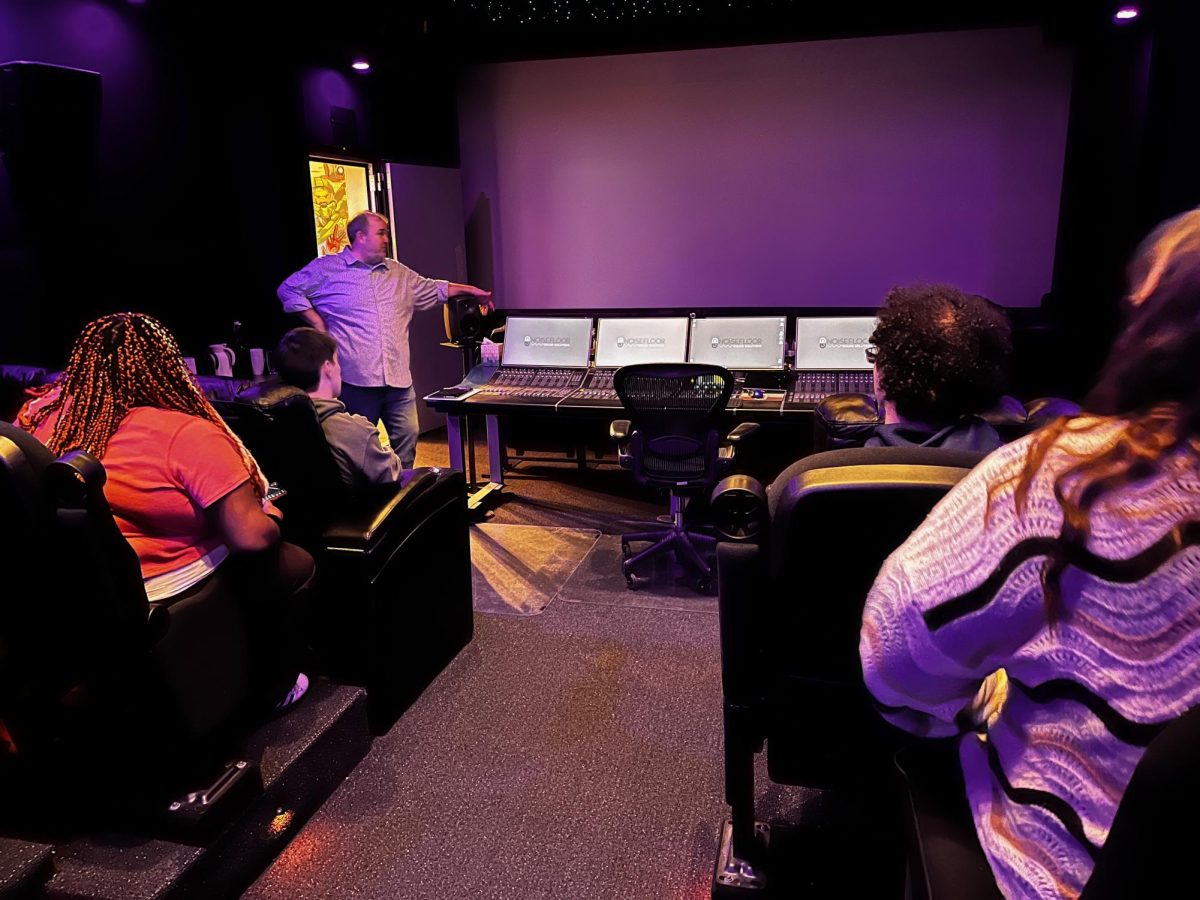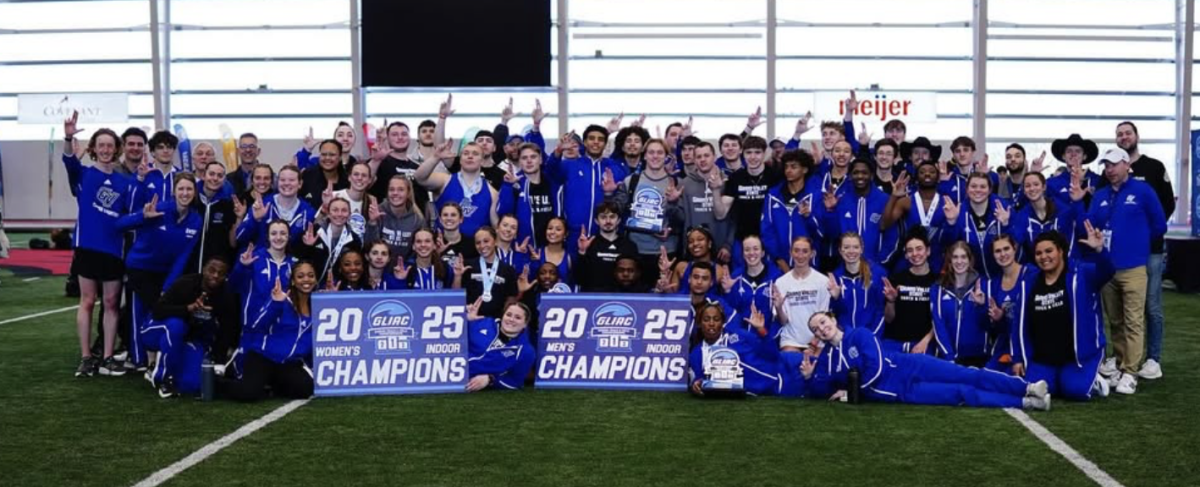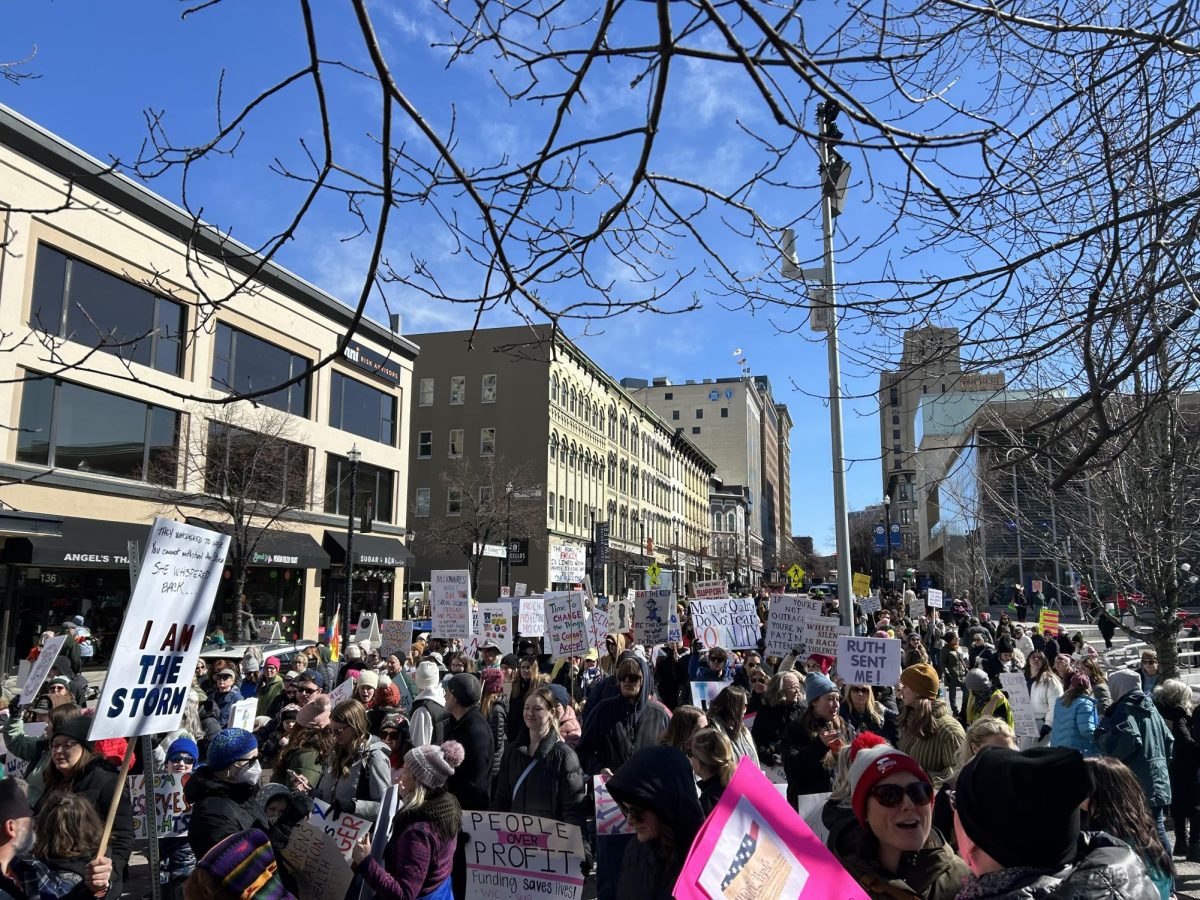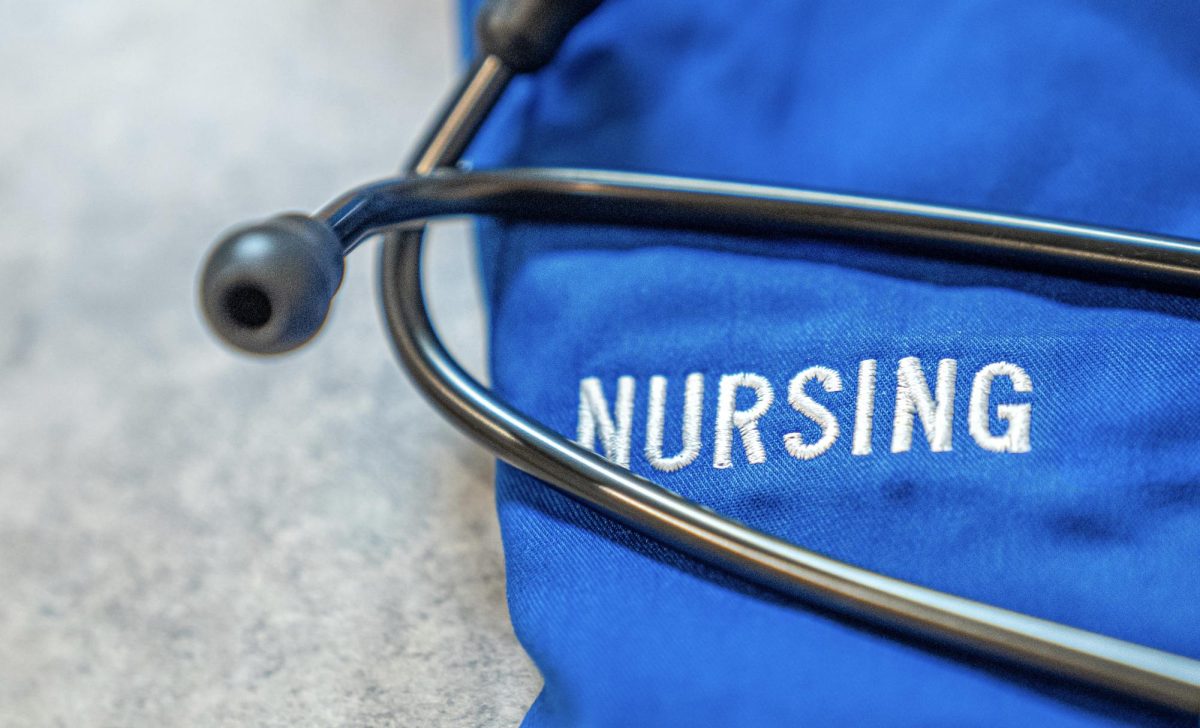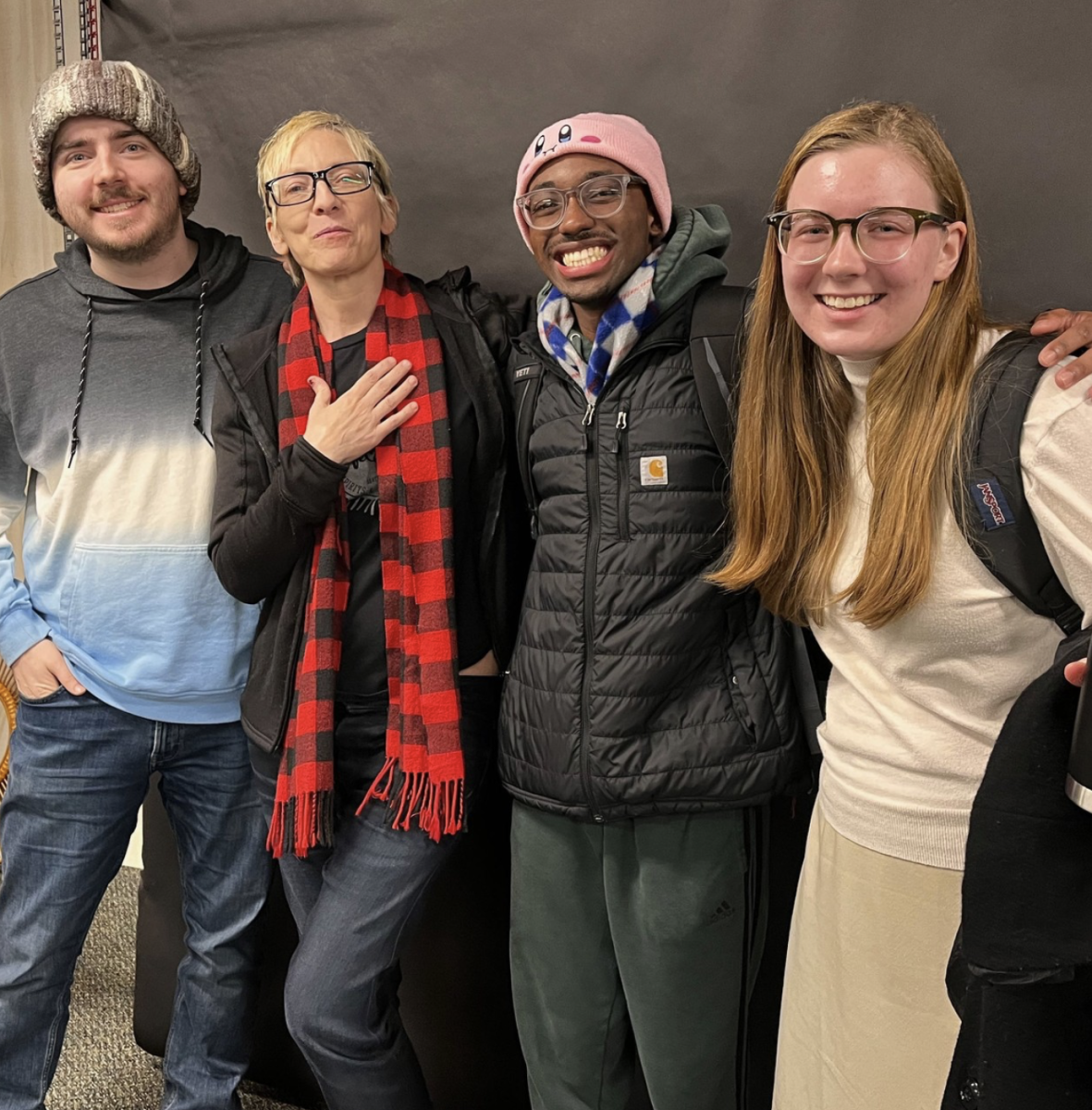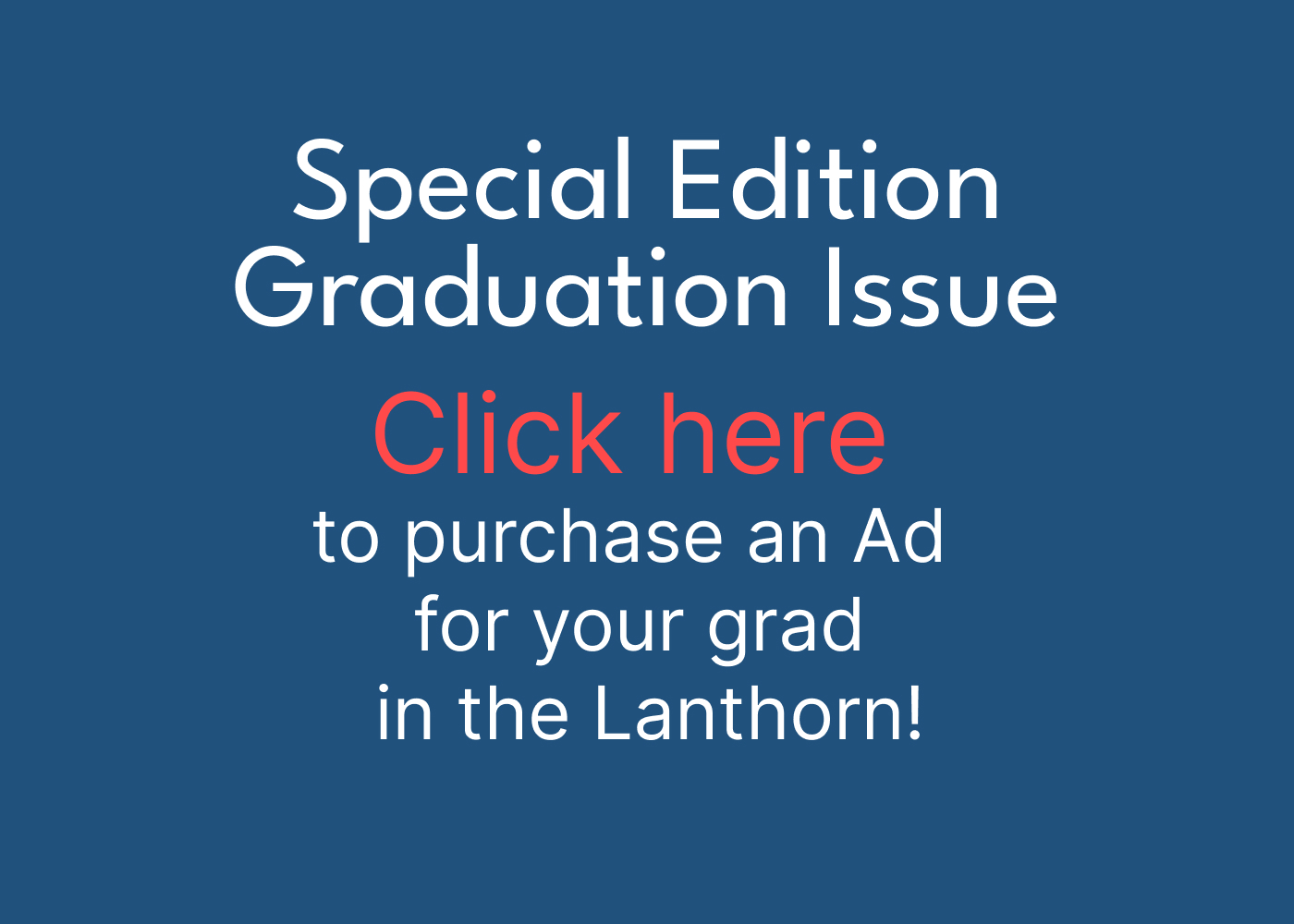Annual GV Health Check makes interesting discovery
Jan 20, 2020
Twelve years ago, Grand Valley State University Vice Provost for Health Jean Nagelkerk was inspired to start the West Michigan Health Care Economic Forecast after realizing the importance of looking to the future of the health care community.
This year, GVSU published the Health Check: Analyzing Trends in West Michigan 2020. According to the executive summary, an important addition to this year’s study was the examination of opioid use, drug overdose deaths, suicide deaths and self-reported mental health, as well as updated data on e-cigarettes.
“We have an advisory committee, as well as several employers to provide insight into the components that are most valuable in our research and what they would like to see,” Nagelkerk said. “So, we always take into account what the community is saying.”
Nagelkerk said that the wealth and diversity of knowledge available at GVSU is what has allowed the Health Check to grow over the last 12 years.
“We have several faculty or experts in the area of health behaviors, in the areas of economics, marketing, evaluation of workforce development, and they can provide this service by providing information that is valuable to the community,” Nagelkerk said. “I think it’s also a good piece for students too, to attend the event and even help with the research.”
Sebastian Linde, a health economist and assistant professor in the department of economics at GVSU, said that he has been involved with development and research of Health Check for two years. He was co-author of this year’s health check along with Gerry Simmons.
“What we do is to provide a service for the West Michigan area by zooming in, if you like, on our local communities and provide statistics that they wouldn’t necessarily have easily or readily available from other sources, even if it’s from publicly available sources,” Linde said. “And then we also have data that comes from our local community partners. I think the report is helpful for tracking these trends not only over time but also to track how they vary across different geographic regions and for people to then ask questions about why they vary. And I think those questions are useful to ask because that’s how you can kind of move forward with a lot of these problems.”
Linde said that Health Check has allowed the medical community to look at trends over longer periods of time and prepare for the future.
“One of the things that we have been noting now for many years is that we have an aging population,” Linde said. “So if you think about the supply and demand, the demand for health care tends to be that older individuals have higher demand and higher utilization terms of care and that might translate into higher expenditures over time. Those are some trends that we kind of try to highlight, taking the big picture of you and we look at health behaviors and the potential risk factors that not only correlate with potentially higher costs now but maybe higher costs further down the road.”
Nagelkerk said that the purpose of the yearly Health Check publication, along with the event, is to engage with the community to analyze how they are moving forward and why.
“The purpose of the publication is to assist with providing research for policy-making and healthcare, looking at the future workforce, and what types of programming and health professionals are needed,” Nagelkerk said. “Looking at what we’re doing in the research areas in the past and if were increasing new intellectual property and potential businesses.”
Linde said that he views Health Check as a bridge connecting different members of the community in ways that may not have happened otherwise.
“We can use what we know to provide a service for the community and build ties, which I think is really important,” Linde said. “That brings benefits both ways, brings everyone closer together and allows for collaborations that otherwise might not have taken place. The panel that we have with healthcare leaders. In some cases, there’s people from competing organizations that come together and are able to meet, talk and potentially form collaborations for addressing common problems within our local communities.”






